Cycling and rain don’t go well together. That’s why you can hardly ever see cyclists when it’s raining, instead they emerge like snails as soon as it stops raining. Yet, some are brave enough to say: “It’s just water, it’s not radioactive!”. Others, at the shortest break in the storm, get on their bikes and cycle on wet roads and trails like there’s no tomorrow. For both cases above, as well as for any other kinds of cyclists, we’ve put together a series of tips to keep in mind when going cycling in the rain or in wet weather conditions:
Prepare your bike
Before setting off, use a wet lube, suitable for such weather conditions. It is thicker, adheres better to the chain and creates a layer that protects it from rain and keeps the chain lubricated for longer. Do not lubricate a dirty chain. After each ride, wash the bike to remove dirt and dry it thoroughly so that moisture does not damage the drivetrain, bolts and other bike components.
Both rear lights and headlights are a must in the rain. For better visibility on the road, you can also put a light on the back of your helmet and wear reflective clothing such as Siroko’s Langkawi windproof cycling vest.
When we ride in the rain, water comes both from above and below. What’s more, the water splashes off the wheels and makes us even wetter than what’s falling from the sky. That’s why you should make sure your bike is equipped with good fenders that cover the wheels well if you regularly ride in the rain or on wet roads. If you don’t like to ride in the rain, an ass saver (a clip-on mudguard) or a folding fender for the rear wheel is enough to avoid getting home with a soaking wet butt and a dirty back.
Last but not least: lower the tire pressure a little to get more grip on the road, as it allows for more contact surface between the tire and the road. Do not release too much air because you run the risk of a pinch flat, especially if you use clincher tires (standard tires with an innertube). With tubeless or tubular tires there is no such risk. Simply lower the tire pressure by 20% compared to the pressure you normally use when riding in dry conditions for your weight. One thing: Never use brand new tires on a rainy day.
Watch out for road hazards
Keep an eye on road markings, crosswalks and any other signs painted on the surface of the road. They become extremely slippery in wet conditions and if you lean too much you will end up falling off the bike.
Pay special attention to manhole covers and other subsurface utilities. As they are made of metal, they become extremely slippery, your wheel might even get stuck in some of them and you’ll end up flying over the handlebars.
Cobblestone and paved roads are dangerous when it rains or if the stones are still wet.
You should also watch out for leaves that have fallen from trees on the road. They are very slippery when wet and, given that it rains most often in autumn and winter, this is something you will surely come across on the route.
Be extra careful with puddles because if there is water, there is also a pothole, a sinkhole or some other kind of hole in the road and you never know how big or deep it is. It can be a simple puddle or the Mariana Trench.
If you live in an area where it does not rain regularly or it has not rained for a long time, be very careful if you go out during the “first” rain or when it starts to rain while you are already out cycling. The roads, especially the busy ones, are covered with oil, dust and dirt that turn them into real skating rinks as soon as the first raindrops appear. The roads become cleaner with each rainy day, but even so, you should always be careful.
Be careful on road shoulders and roads with a lot of dirt such as gravel or sand. In wet conditions, all these small stones stick to the tires and cause punctures. This is not a problem for tubeless tires as the sealant easily fixes such small punctures, but clincher tires will start losing air. Try to avoid such road shoulders and roads and choose good puncture-proof or puncture resistant tires, whether tubeless or not.
Braking and cornering in wet conditions
Riding straight when it’s raining “only” requires a little more caution. Special attention is required on curves: before, during and after them.
First of all, anticipate the braking and brake carefully before the curve. Disc brakes have an advantage over rim brakes in wet conditions, but it is still safer to be cautious, brake earlier (especially if you have carbon rim wheels) and squeeze the brake levers gradually at the beginning. This will remove the dirt and water that accumulates on the braking surface of the rims and brake rotors. Then you can squeeze the levers harder, but not too hard (that’s why you must brake before the curve) as you might block the wheel, skid and fall. By the way, water wears out both rim brake pads and disc brake pads, so make sure they are in good condition and have not reached their limit set by the manufacturer.
When cornering, don’t lean the bike as if the road were dry because you don’t know how much grip on the surface you are getting. Some roads have more grip than others, but if you experiment right in the middle of the curve, you may feel the grip on your own skin. Never brake hard on a curve because skid and fall are practically guaranteed.
Be careful when you start pedaling right out of the curve. If you start pedaling too soon, with the bike still leaning and your weight unbalanced, the rear wheel may lose traction and skid. Wait until the bike is almost completely straight before starting to pedal and do not stand on the pedals before the bike is back at the straight position.
Finally, let us give you the most important piece of advice: Before going out for a ride, think carefully, check the weather forecast and decide whether it’s worth riding for several hours in the rain, especially if it’s cold. The risks clearly outweigh the benefits. You may not want to miss a day of training, but that one rainy day might mean you getting sick for a week or being kept off the bike for several months due to an accident. A simple bike trainer at home is a great way to train when it rains. And it costs a lot less than all the waterproof and cold weather apparel you’d have to wear.
In any case, if you follow these tips, you’re equipped with the right cycling clothes, the bike is prepared for wet conditions, the forecast says it’s not going to rain much and the temperatures are above 10º C, then go ahead. The risk is reduced, and such a “wet” ride with caution can even be fun and rewarding, especially when you get home, jump in the shower and grab a hot drink.
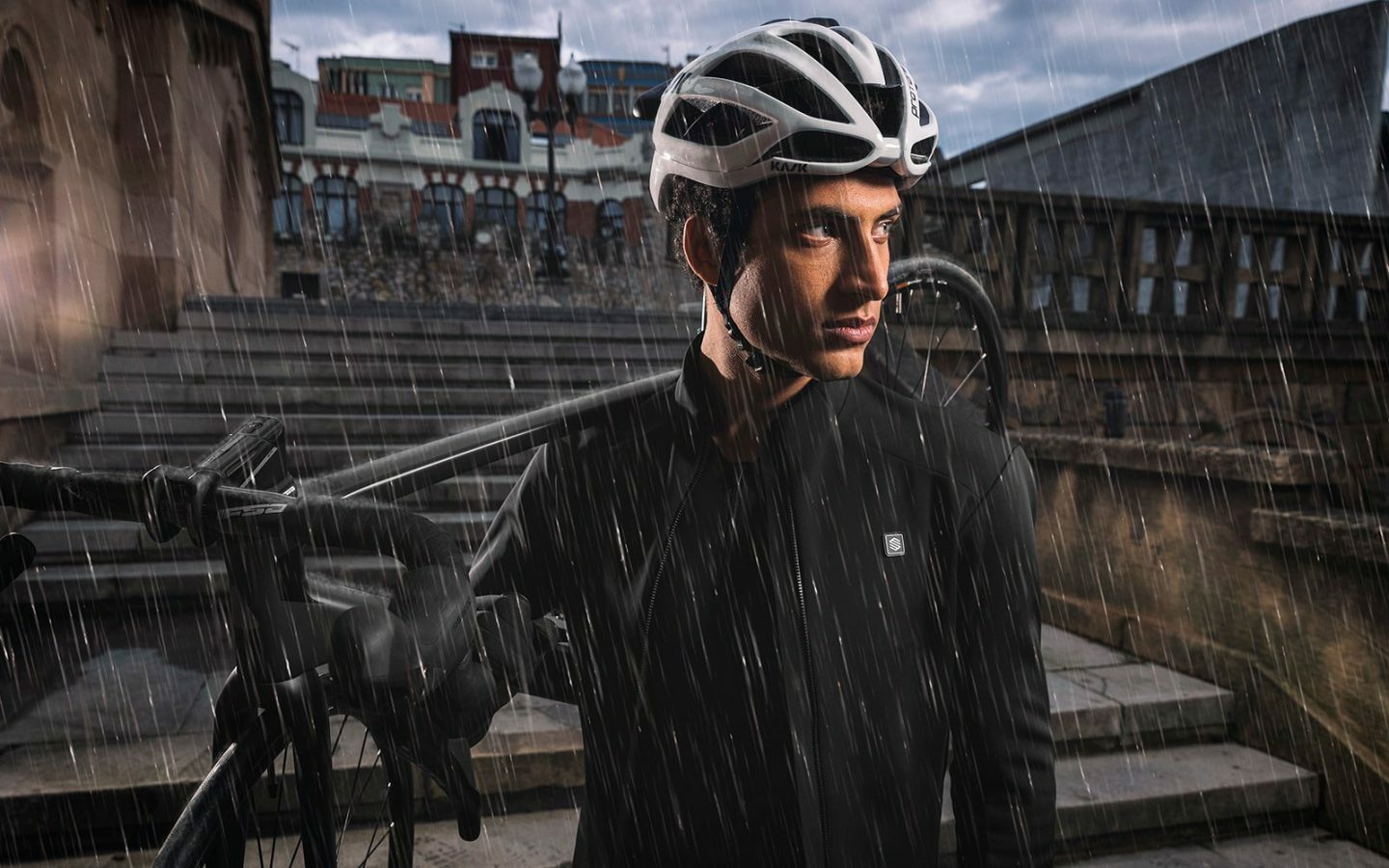
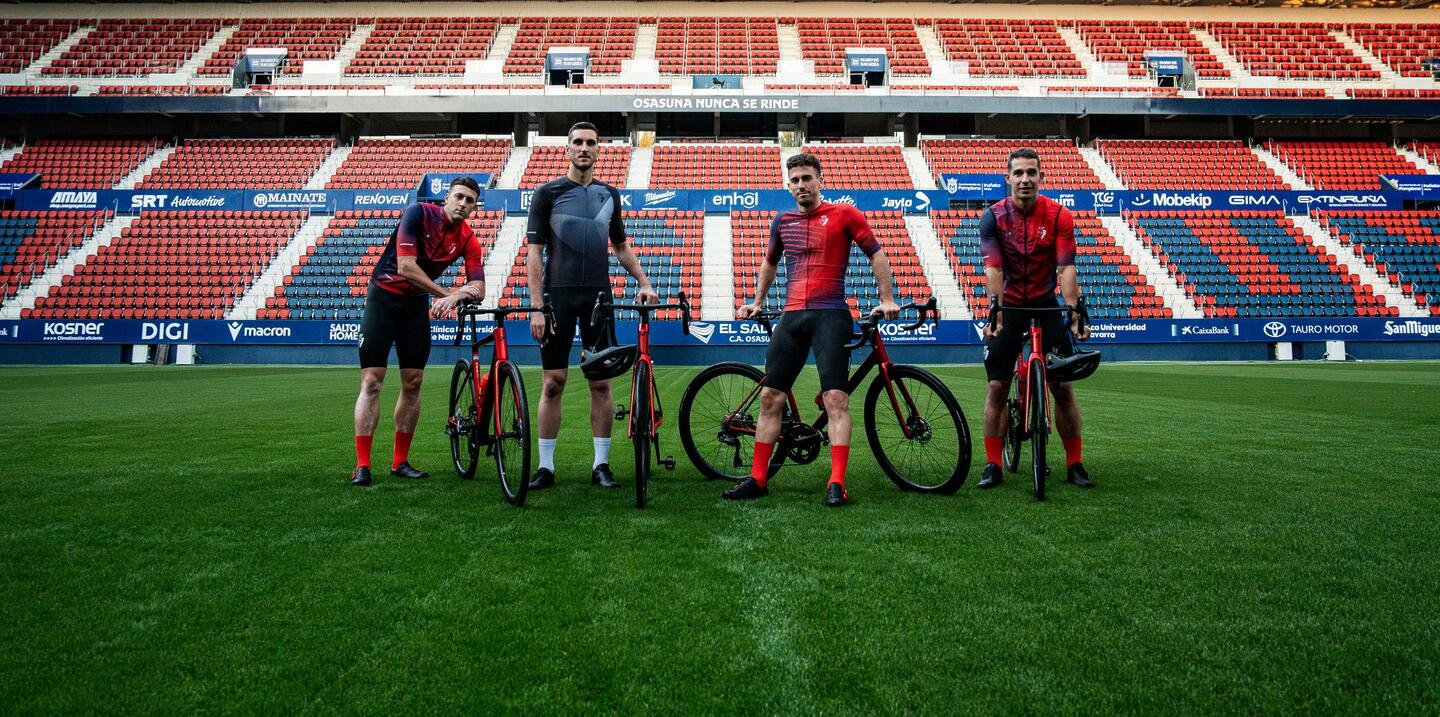
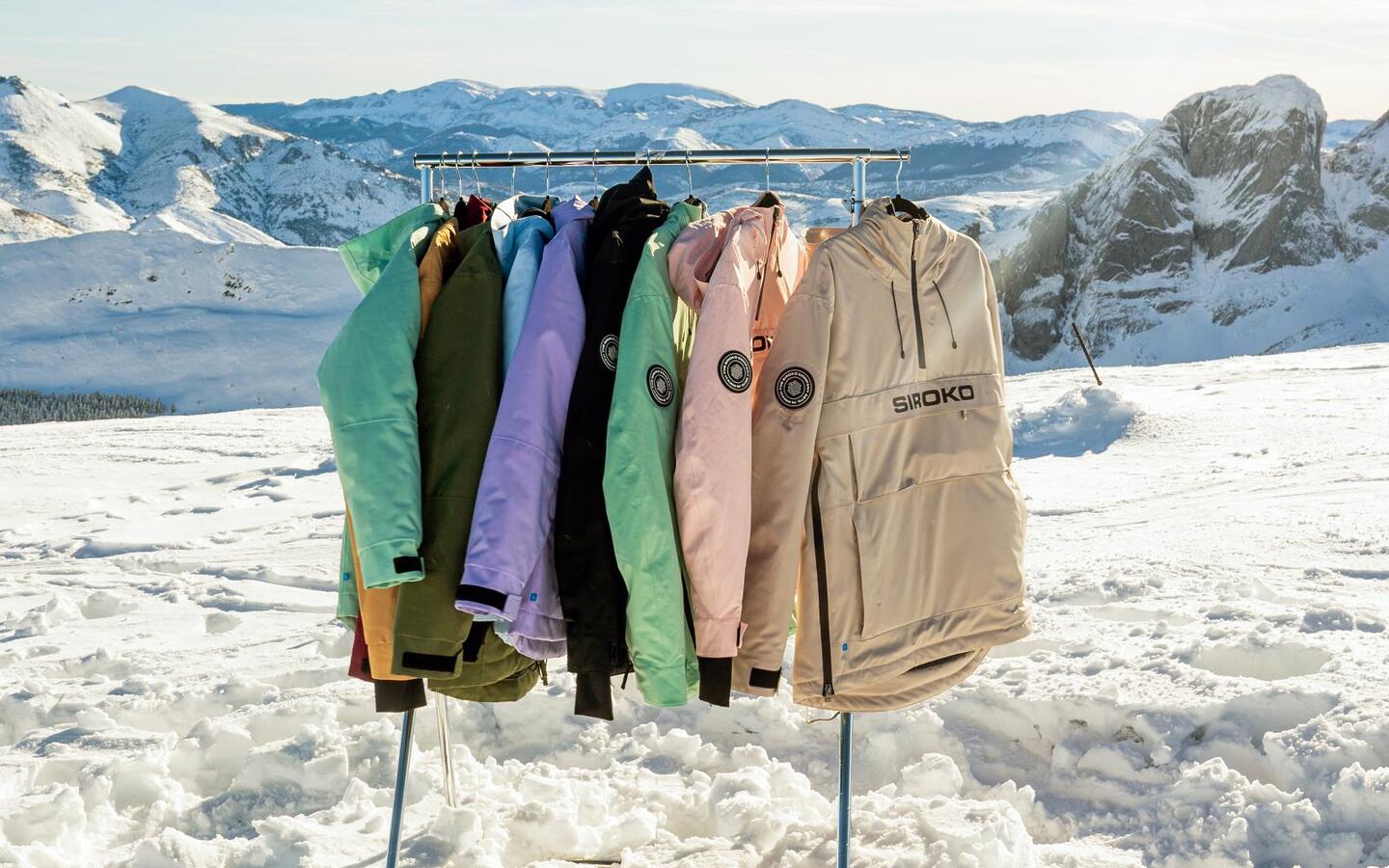
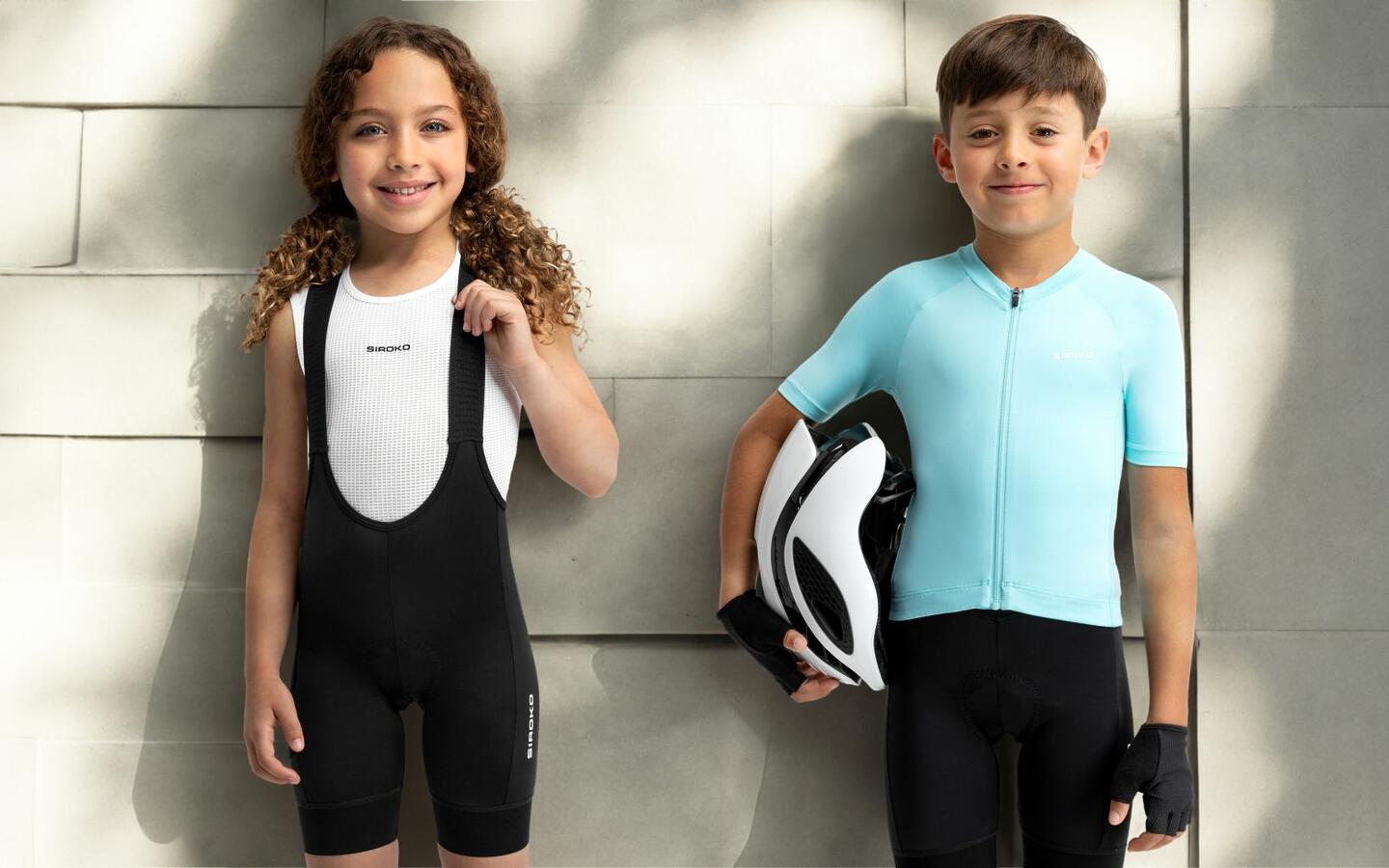
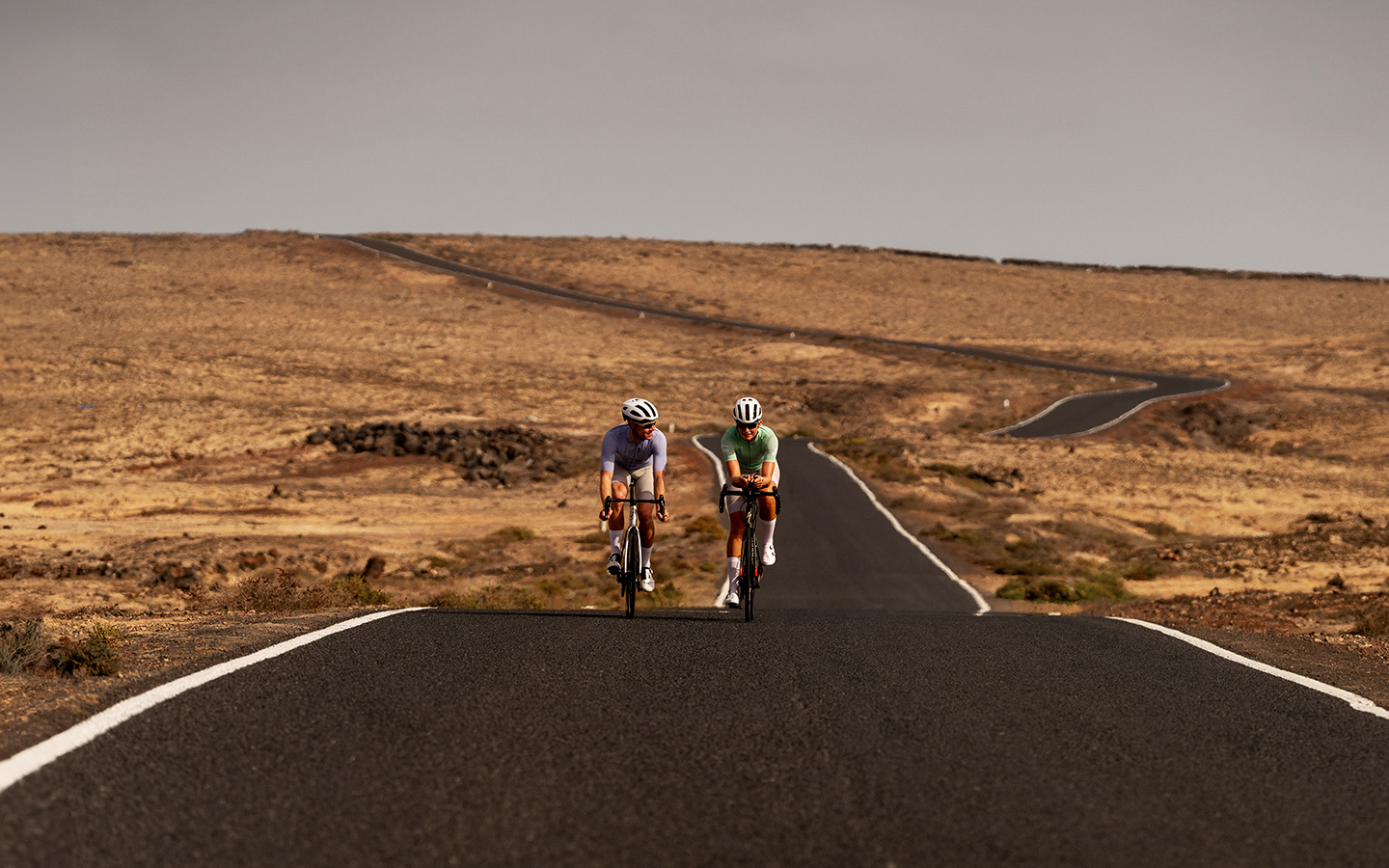
Very helpful article, thank you for sharing!
Thank you for reading it!
Pingback: Riding in the Rain Bicycle - eBikeAI
Pingback: Cycling in the Rain - eBikeAI